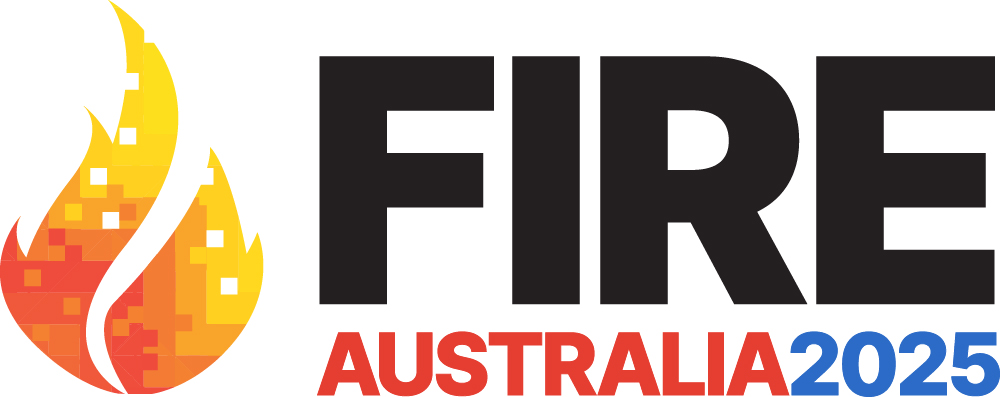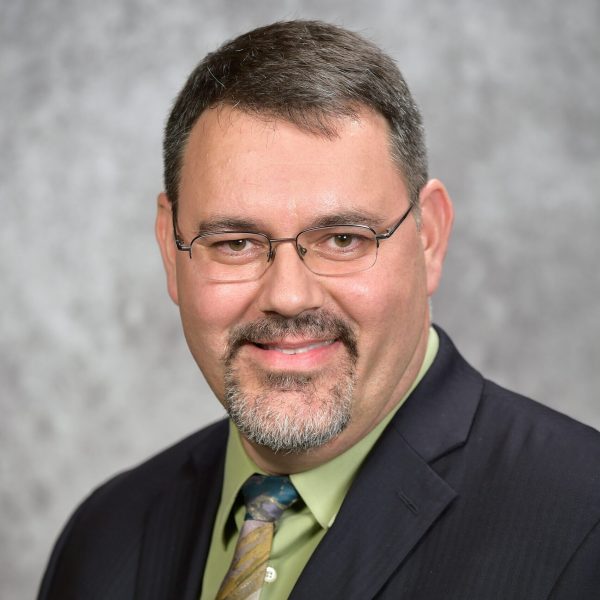Very often sprinkler systems are installed in buildings or structures that are located in areas that are also seismic. One must therefore make sure that in case of earthquakes these services do not become themselves the cause of damage to the occupants due to their collapses or as a result of unwanted activations. When installed in strategic structures, or where it is imperative to maintain an efficient defense against fires, the fire sprinkler systems must be able to operate efficiently in the immediate aftermath of an earthquake.
Insurance companies and technical associations, especially those based in the US, leveraged such observations to issue specific recommendations for the design of sprinkler systems in seismic areas.
These standards set up the seismic design by focusing on the following key elements: (1) locating large mass elements as low as possible in the building’s structure to reduce the stresses induced by the earthquake, (2) bracing the distributed services to control their oscillations, (3) ensuring clearance when crossings walls and floors to avoid destructive interactions, (4) introducing flexible joints between parts that can undergo relative movements, and (5) anchoring properly the various distributed services to avoid falls or unwanted movements.
Consequently, in seismic areas it is essential to operate in an integrated manner. Structural engineers, services designers, fire protection technicians, architects and contractors need to work together to define concerted solutions, shared with and accepted by the field engineers and inspectors of the insurance companies.
The handbook series that we present is designed and structured in that spirit, is intended to assist all those involved in the installation and the inspection of sprinkler systems in seismic areas. It also provides design guidelines using a graphical approach directly traceable to the requirements of the individual international standard followed.

